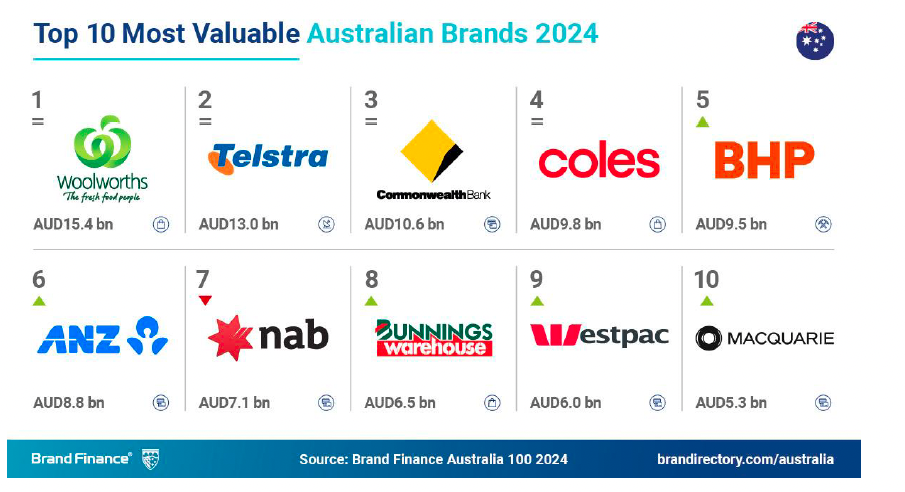Telstra reports fourth consecutive year of underlying growth, 31% lift in profits

Telstra Group has reported its fourth consecutive year of underlying growth as revenues inched up 0.9% over the last 12 months to $23.12 billion, profits jumped 31% to $2.34bn, and group and episode Net Promoter Scores improved.
The telco was positioning the solid results as a continuation of growth following the completion of its T25 strategy, which has put the emphasis on driving business momentum, cost control, and disciplined capital management. Core financial results included a 14% lift in EBITDA to $8.6bn.
A key part of the reset has been around Telstra’s Enterprise business, and Telstra largely attributed the 550 job cuts revealed in market last month to the reset of its enterprise business. Today, Telstra also announced it’s selling a 75% stake in its Versent business to Infosys for $233m.
“FY25 was a strong year for Telstra as we continued to deliver for customers and shareholders,” Telstra CEO Vicki Brady stated. “We delivered our fourth consecutive year of underlying growth, reflecting momentum across our business, strong cost control and disciplined capital management.”
The reported growth for the year was stronger than the underlying growth due to $715 million in one-off net costs in the previous year. These costs were primarily related to impairments and restructuring within Telstra Enterprise.
Telstra’s mobile services revenue increased by 3.5%, with EBITDA growth of $235 million. This growth was driven by higher average revenue per user (ARPU) and a continued customer preference for Telstra’s network. The Fixed Consumer & Small Business segment saw an EBITDA increase of $109 million, while Fixed Enterprise EBITDA grew by $103 million. These improvements were attributed to cost management and business reset actions.
However, the International segment experienced a decline in EBITDA by $96 million, with reductions noted in Wholesale, Enterprise, and Digicel Pacific. This has prompted a strategic review and cost reduction actions.
Core fixed costs decreased by 4.7% or $306 million in FY25, contributing to a cumulative reduction of $428 million since FY22. Looking ahead, Telstra is preparing for its Connected Future 30 strategy, which aims to lead in connectivity and adapt to technological changes. Brady stated, “We remain committed to this reset, with further changes announced last month to remove complexity and cost. We welcome the national conversation on productivity, and we believe the telco sector has an important role to play.”
The T25 strategy, which focused on customer experience, network leadership, sustainable growth, and employee satisfaction, has reportedly exceeded most of its scorecard metrics. In its FY25 report, Telstra noted Group episode NPS was up to +47, exceeding its +40 target, as was Episode NPS (eNPS) lifting 15 points from the FY21 baseline. It’s now launched CustomerIQ to further customer sentiment listening and analysis. Digitisation is another string to this bow, and Telstra noted 86 per cent of service interactions across consumer and small business are now capable of being performed digitally.
Throughout FY25, Telstra reiterated it’s efforts and investment to deliver Australia’s best mobile network and connecting people internationally. Over the seven years to the end of FY25, Telstra has invested $12.4 billion in mobiles nationally, with $4.7 billion of this invested in regional areas. It’s now committed an additional $800 million over four years within business-as-usual capex to extend 5G network capabilities. The total volume of customer data usage flowing through these sites is now more than 50 per cent higher year-on-year, Telstra noted.
In FY25, progress also continued on Intercity Fibre Network build with more than 4,400 kilometres of fibre in the ground. Telstra said it’s also increasing the capacity of subsea cable network to meet customers’ increasing bandwidth consumption, growing AI usage and data centre demands.
“Our ambition is to be the number one choice for connectivity in Australia, and to continue delivering on our purpose to build a connected future so that everyone can thrive,” Brady added.





